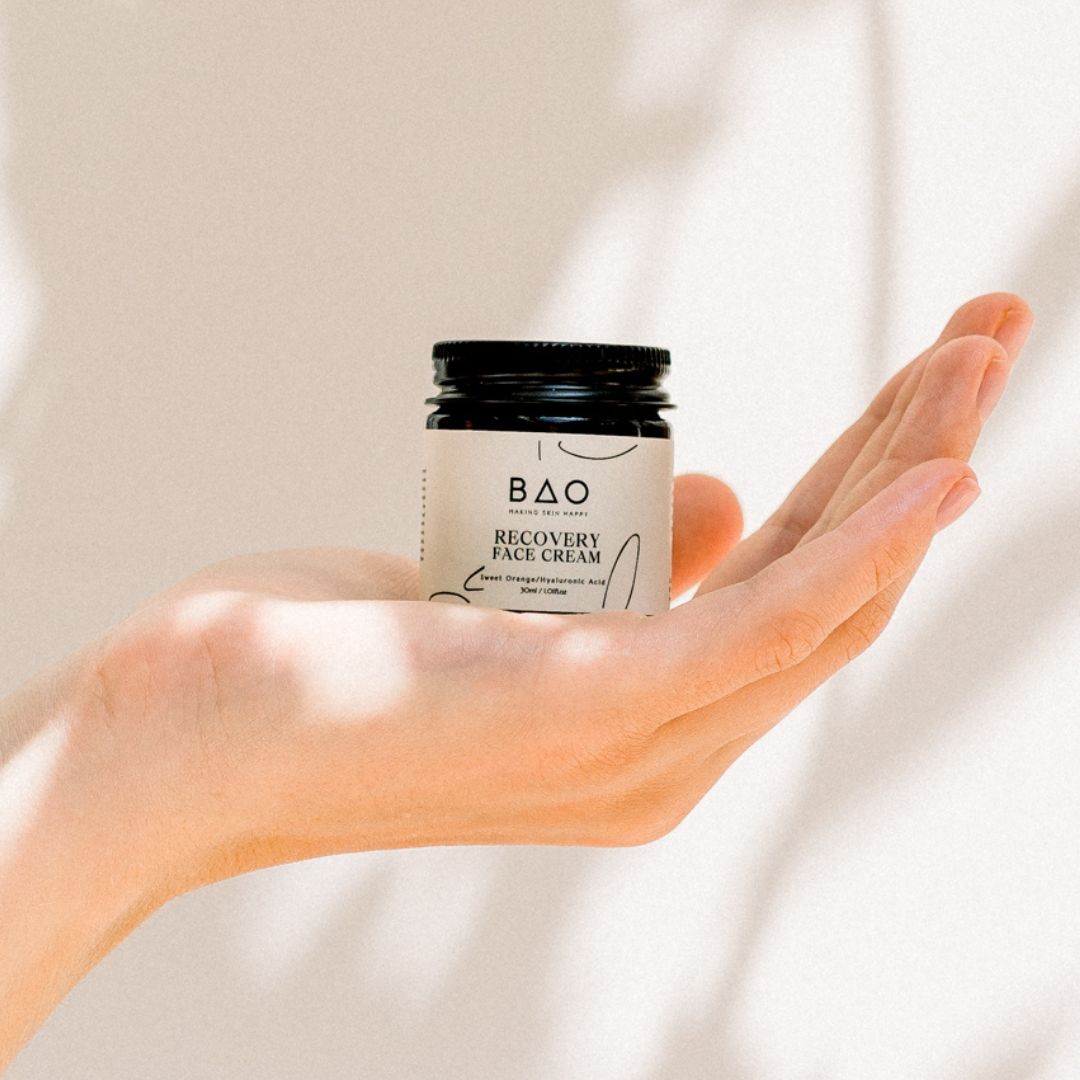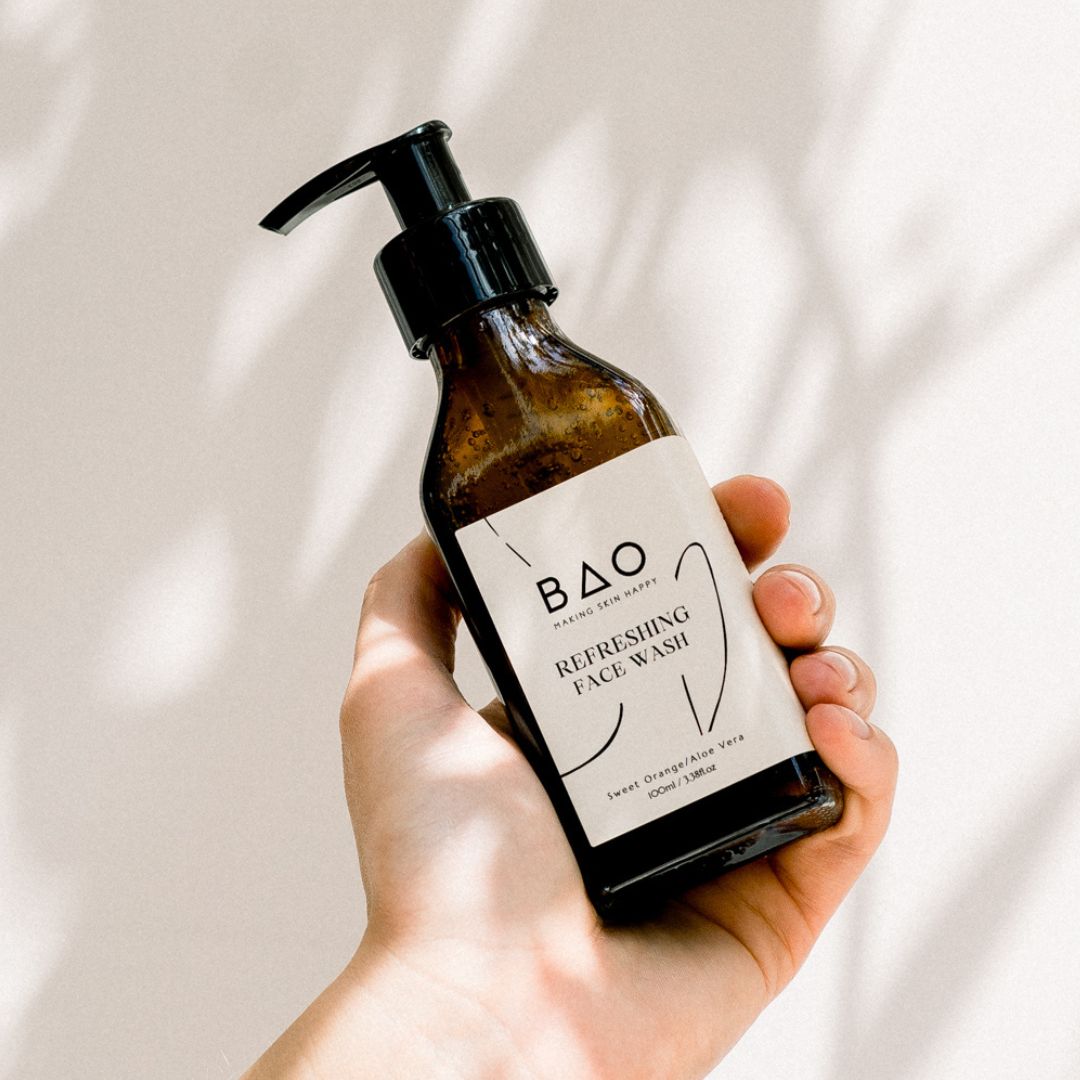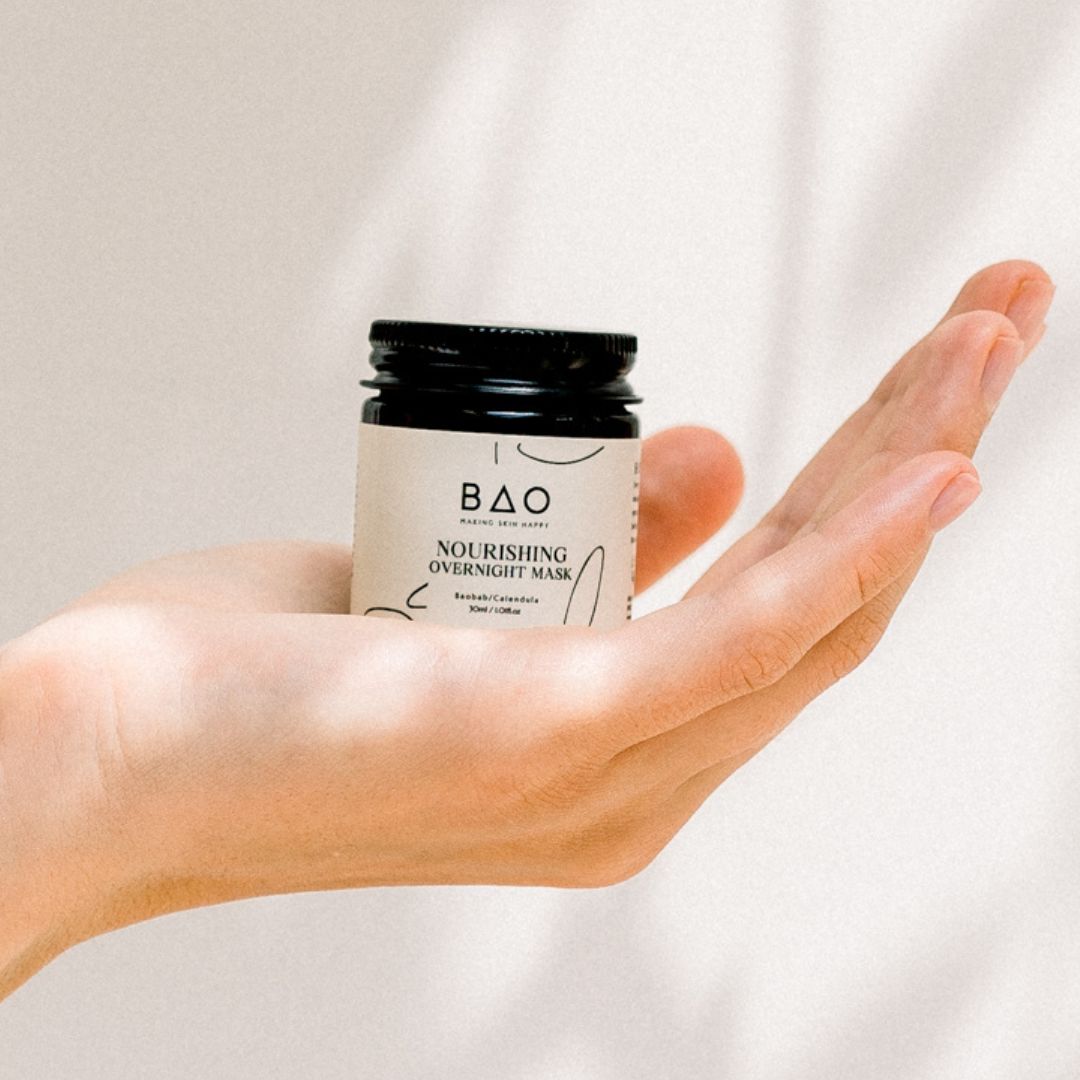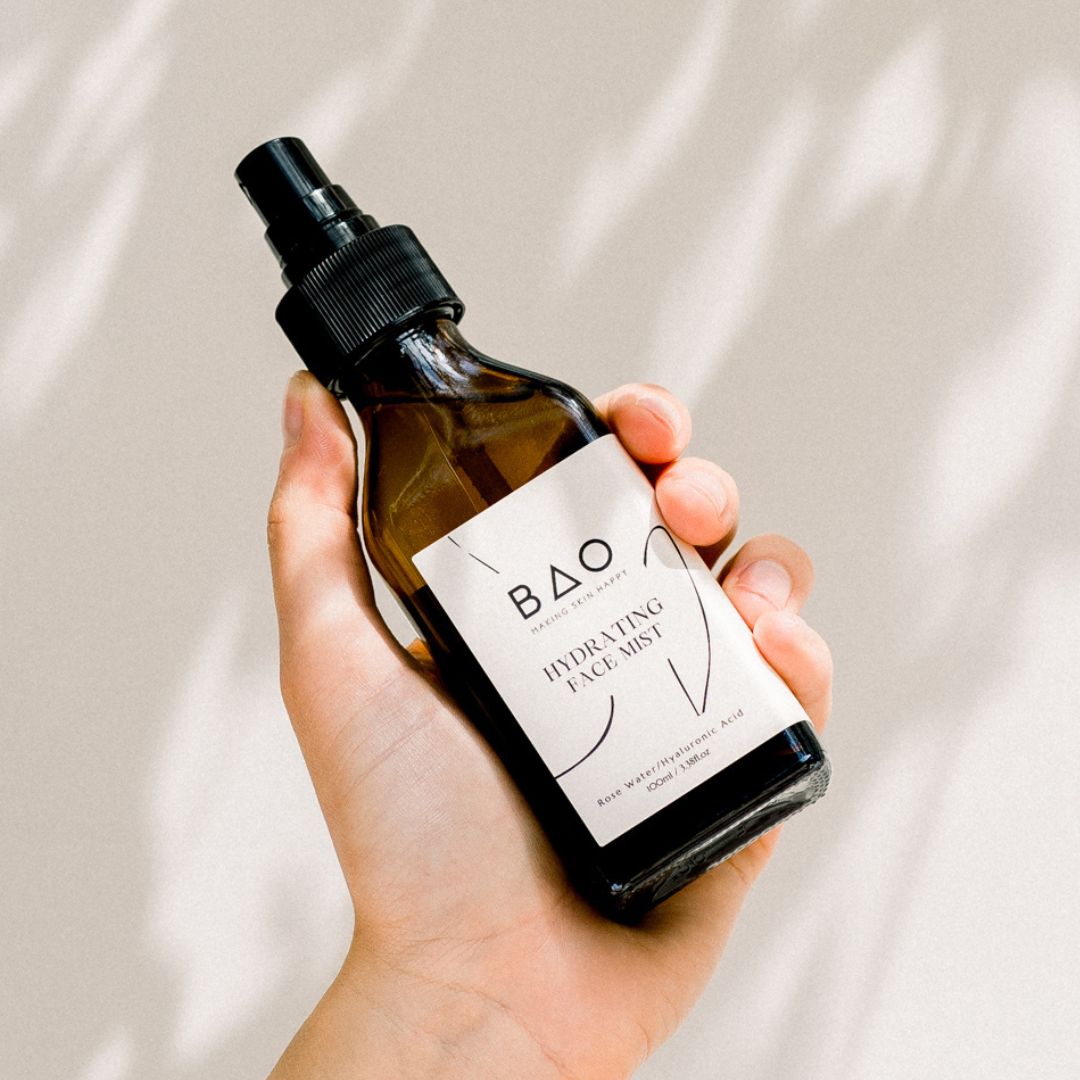Did you know your skin type can change—just like the seasons?
Whether it’s the climate, stress, medications, or lifestyle changes, your skin adapts and evolves. That’s why it’s so important to understand your current skin type before diving into a skincare routine.
There are 5 main skin types:
- Normal
- Dry
- Oily
- Sensitive
- Combination
Let’s break them down so you can find out where you fit—and how to care for your skin the right way.
1. Normal Skin
Lucky you! Normal skin is well-balanced, clear, and has a healthy, even texture.
Signs of normal skin:
- Smooth, soft surface
- Fine, invisible pores
- Balanced oil and moisture
- Few breakouts or blemishes
- Skin feels comfortable in all weather
How to care for it:
Normal skin is low-maintenance, but still needs support. Use products that maintain hydration and protect your barrier.
💛 Try: Recovery Face Cream – Hydrating, light and nourishing to keep your glow going strong.
2. Dry Skin
Dry skin can feel tight, flaky, rough, or even sensitive. It lacks natural oils (sebum), making it more prone to fine lines and irritation.
Signs of dry skin:
- Tight or itchy after cleansing
- Fine, barely visible pores
- Flaky or rough patches
- More visible lines
- Dull or uneven tone
How to care for it:
Dry skin needs extra moisture and TLC, especially in colder months. Avoid harsh cleansers or alcohol-based toners.
💛 Try:
- Nourish Overnight Mask as a rich, water-free overnight balm
- Nourish Urself Balm to lock in moisture and repair
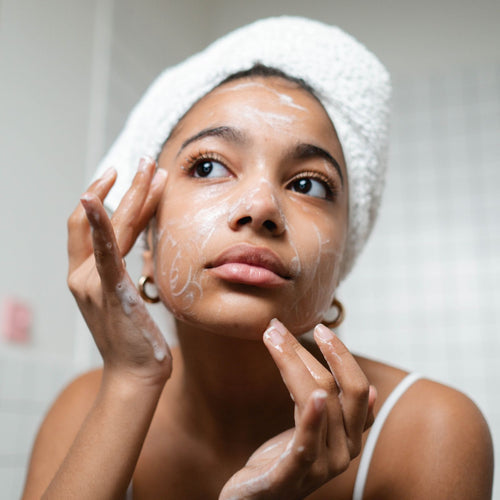
3. Oily Skin
Oily skin tends to look shiny and is prone to blackheads, enlarged pores, and breakouts due to excess sebum production.
Signs of oily skin:
- Enlarged, visible pores
- Shiny appearance (especially in T-zone)
- Frequent blemishes or acne
- May feel greasy quickly after washing
How to care for it:
Avoid harsh stripping products (they make it worse!). Gently cleanse and exfoliate, and use balancing, non-greasy hydration.
💛 Try:
- Radiance Face Scrub (every other night) – Buffs gently without drying out
- Skip night cream occasionally – let your skin breathe
4. Sensitive Skin
This is exactly why BAO Skincare was created! Sensitive skin needs gentle, natural products and calming care.
Signs of sensitive skin:
- Thin, delicate texture
- Prone to redness, irritation, or stinging
- Reacts to products or environmental changes
- Easily sunburned or inflamed
- May appear blotchy or rash-prone
How to care for it:
Less is more. Stick to natural, fragrance-free formulas. Pat skin dry, avoid over-cleansing, and always moisturise.
💛 Try:
- Nourish Urself Balm at night – soothing and deeply repairing
- Recovery Face Cream in the morning – gentle and balancing
4. Sensitive Skin
This is exactly why BAO Skincare was created! Sensitive skin needs gentle, natural products and calming care.
Signs of sensitive skin:
- Thin, delicate texture
- Prone to redness, irritation, or stinging
- Reacts to products or environmental changes
- Easily sunburned or inflamed
- May appear blotchy or rash-prone
How to care for it:
Less is more. Stick to natural, fragrance-free formulas. Pat skin dry, avoid over-cleansing, and always moisturise.
💛 Try:
- Nourish Urself Balm at night – soothing and deeply repairing
- Recovery Face Cream in the morning – gentle and balancing
5. Combination Skin
The most common skin type! Combination skin has areas of both oiliness and dryness—usually oily in the T-zone and drier on the cheeks.
Signs of combination skin:
- Oiliness in forehead, nose, chin (T-zone)
- Dry or tight cheeks
- Visible pores on nose/chin
- Occasional breakouts + dry patches
How to care for it:
Use balancing products that hydrate without clogging. Avoid harsh cleansers that confuse your skin and trigger more oil production.
💛 Try:
- Refreshing Face Wash – Perfect for balancing oil while keeping your skin fresh
- Lightweight moisturisers during the day, nourishing balms at night if needed
Final Tips:
🌿 Skin can change due to seasons, hormones, stress or medication—check in with your skin regularly.
💧 Always prioritise hydration, no matter your skin type.
💛 Need help choosing products? I’m always here to help.



